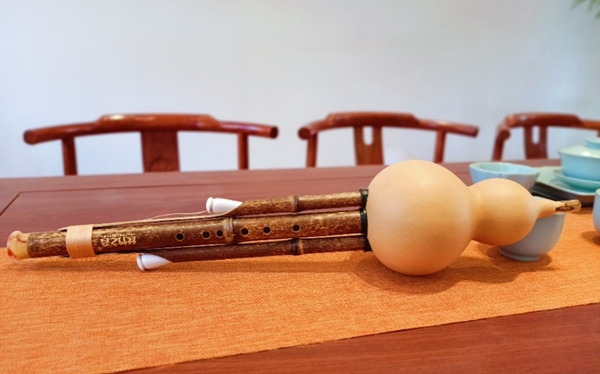The selection and practice of Fenugreek finger etudes: an artistic journey to improve playing skills
In the process of learning and mastering fenugreek, a national wind instrument, the movable finger etude is an important link to improve the playing technique and enhance the flexibility and independence of fingers. The so-called "living finger" requires the player's fingers to be able to flexibly and quickly open or close the sound hole during the playing process to achieve smooth and accurate note conversion.

First of all, we should pay attention to the principle from easy to difficult and from easy to deep when choosing the movable finger etude. At the beginning, some simple scale and arpeggio exercises can be selected, such as basic scales such as C major and D minor and their decomposed chord arpeggios. These exercises are helpful for beginners to familiarize themselves with the position relationship of each sound hole in fenugreek and exercise the basic movement coordination of fingers.
With the gradual improvement of skills, you can try more complex practice repertoire, such as songs containing various grace notes, jumping notes, double spit, triple spit and other rhythm changes and skills, such as part of "Yi Dance Music", specially written fenuzi walking finger etudes, etc., through the practice of such repertoire, to further improve the speed, strength and accuracy of fingers.
In addition, the practice of living fingers should not be limited to a single melody line, but should also include rapid switching training in harmony and polyphonic music. Players can choose the repertoire with multi-part features or frequent modulation for finger-moving practice, which will help to improve the ability to deal with complex passages in actual performance.
In the actual practice process, the following strategies should be combined:
1. Slow start, gradually accelerate: Start at a slow speed to ensure that each note is clear and accurate, and then gradually increase the speed until it reaches the speed required by the original song.
2. Strengthen the sense of rhythm: practice with the metronome to cultivate a stable sense of internal rhythm and ensure that each movement of the moving fingers can fall on the exact beat.
3. Combine breakup exercises with hand exercises: first train the movements of the left and right hands separately, and then carry out two-handed coordination exercises after the skill of each hand is skilled.
4. Long-term persistence and proper rest: persistent practice is crucial, but it is also necessary to pay attention to timely rest to prevent sports injuries caused by excessive finger fatigue.
In short, through reasonable selection and effective implementation of fenugreek finger etudes, not only can significantly improve the skill level of players, but also lay a solid foundation for them to play more difficult repertoire, so that they can more freely control this wonderful national instrument, perform a variety of music works.
 渝公网安备 50010702504639号
渝公网安备 50010702504639号